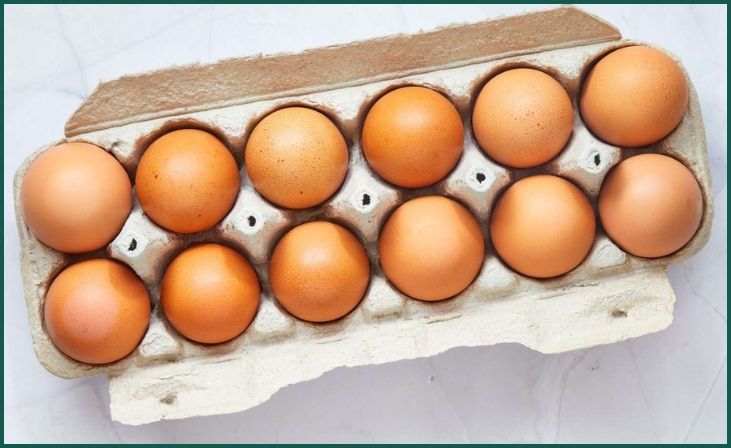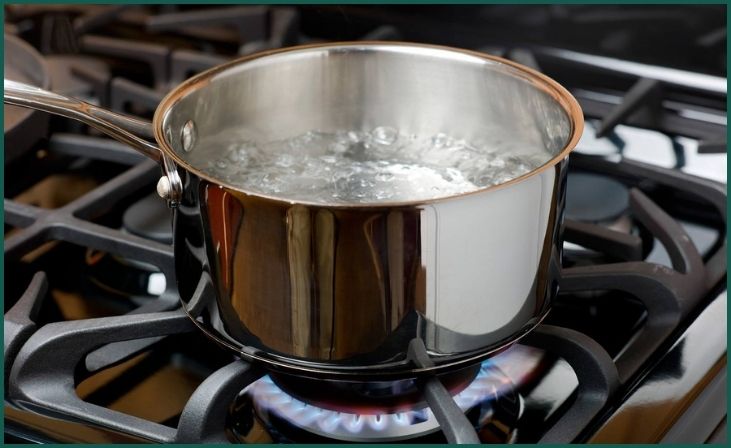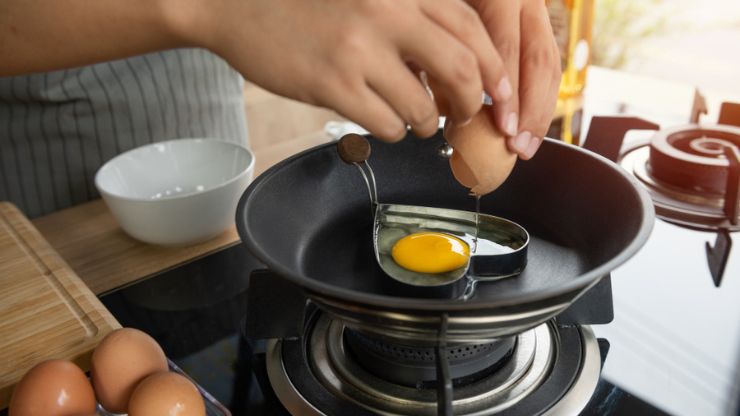Mastering the art of poaching eggs entails a graceful balance of finesse and precision. To enhance your skills in this culinary realm, we present seven invaluable tips that promise to elevate your poaching game to new heights. With each tip serving as a beacon of guidance, you’ll embark on a journey toward achieving flawlessly poached eggs with unwavering consistency. Join us as we delve into the intricacies of culinary excellence, exploring the techniques and nuances that define the pursuit of perfection in poached egg preparation. Let’s embark on this culinary adventure together, where each poached egg becomes a masterpiece crafted with care and skill.
Table of Contents
ToggleCooking Poached Eggs
Use Fresh Eggs
Embark on your poaching adventure by starting with fresh eggs. The firm protein structure found in fresh egg whites contributes to a cohesive and desirable texture in your poached eggs. Be cautious when using older eggs, as they may exhibit signs of deterioration, leading to the formation of undesirable strands in the poaching process. Opting for fresh eggs ensures a superior outcome, with poached eggs boasting a smooth and appealing consistency that enhances their overall quality and enjoyment.
Read Also: 7 Pasta Recipes That Will Transport You Straight to Italy
Bring Eggs to Room Temperature

For consistent poaching results, let your eggs sit at room temperature for about 30 minutes before cooking. Allowing the eggs to come to room temperature ensures that they won’t drastically lower the water temperature when added to the pot. This step helps maintain a steady simmer, ensuring even cooking and preventing any sudden fluctuations in temperature that could affect the final texture of the poached eggs.
By taking this simple precaution, you set the stage for a smoother poaching process and more consistent results, ultimately leading to perfectly cooked eggs with a beautifully runny yolk and tender whites.
Crack Eggs into Individual Ramekins
Before poaching your eggs, crack each one into individual ramekins. This practice offers several advantages: it grants better control over the egg as you gently lower it into the poaching water, reducing the risk of breakage and ensuring a more precise placement. Additionally, cracking the eggs into ramekins facilitates easy removal of any stray bits of eggshell, ensuring a smooth and seamless poaching process.
This technique is particularly beneficial when poaching multiple eggs, as it streamlines the preparation process and promotes efficiency, even when catering to a crowd. By adopting this method, you’ll enhance your poaching experience, resulting in beautifully executed eggs that are both visually appealing and delightfully delicious.
Strain Excess Water from Egg Whites
Obtaining the ideal firmness in your poached eggs is paramount. Employing a fine mesh strainer to eliminate excess water from the egg whites is a pivotal technique, ensuring a consistent texture regardless of the freshness of the eggs. This additional step plays a crucial role in refining the poached egg experience, as it prevents any unwanted runniness and ensures uniformity in the final result.
Don't just scroll, subscribe!
BuzzTrail's unique web-stories are the cure for boredom you've been waiting for.
By meticulously removing excess water, you achieve a delicately balanced texture where the egg whites envelop the yolk smoothly, resulting in a satisfying mouthfeel with each bite. Embracing this meticulous approach elevates your poached eggs to perfection, enhancing both their visual appeal and culinary delight.
Keep the Water Simmering

When poaching eggs, it’s crucial to maintain a gentle simmer rather than letting the water boil rapidly. This gentle approach ensures that your poached eggs emerge with the desired luscious, runny center and silky egg whites—characteristics synonymous with a perfectly executed poached egg. By simmering the water gently, you create an environment conducive to delicate cooking, allowing the eggs to coalesce into a harmonious texture.
This controlled cooking process ensures that the egg whites envelop the yolk evenly, resulting in a luxurious and satisfying mouthful with each bite. With attention to detail and a gentle touch, you’ll achieve poached egg perfection every time, captivating your taste buds with their irresistible allure.
Ensure the Water is Deep Enough
When poaching eggs, opt for a pot with a water depth of at least 2-3 inches. This depth ensures that the eggs are fully submerged during the poaching process, preventing any risk of torn or undercooked eggs. A deeper water level provides the ideal environment for achieving poached egg perfection, allowing for even cooking and consistent results.
With the eggs fully immersed, they have ample space to gently cook and form into delicate, silky orbs without any irregularities. By adhering to this guideline, you’ll set the stage for flawlessly poached eggs that boast both impeccable texture and taste, ready to elevate any breakfast or brunch spread.
Add Vinegar and Salt to Your Water

Elevate both the taste and texture of your poached eggs by introducing salt into the poaching water. The addition of salt not only enhances the flavor profile but also aids in firming up the egg whites, resulting in a more cohesive and appealing texture. Furthermore, incorporating vinegar into the poaching water accelerates the denaturation process of the egg proteins. This helps to capture any stray bits of egg white, ensuring a neater appearance.
Additionally, the vinegar contributes to the formation of a more solid and stable structure in your poached eggs, making them easier to handle and serve. By utilizing these simple yet effective techniques, you can elevate your poached eggs to a new level of perfection, both in taste and presentation.
Bottom Line
Perfecting the delicate art of poaching eggs can significantly enhance your culinary prowess and breakfast offerings. With the guidance of these tips and techniques, you’ll be able to consistently create flawlessly poached eggs, tailored to your preferred texture—be it silky and runny or luxuriously firm. Dedication to honing your skills, coupled with patience in mastering the technique, will swiftly elevate your egg-poaching abilities to restaurant-quality standards. Prepare to delight your loved ones with exquisite poached eggs that showcase your culinary finesse and leave a lasting impression on their palates.
FAQs
How can I prevent my poached eggs from spreading out in the water?
How can I prevent my poached eggs from spreading out in the water?
To prevent eggs from spreading out too much, use the freshest eggs possible and gently swirl the simmering water before adding them. This helps the egg whites wrap around the yolks more neatly.
What is the ideal temperature for poaching eggs to achieve the perfect consistency?
What is the ideal temperature for poaching eggs to achieve the perfect consistency?
The ideal temperature for poaching eggs is around 180-190°F (82-88°C). At this temperature, the water is hot enough to cook the eggs gently without boiling them vigorously, resulting in tender whites and runny yolks.

